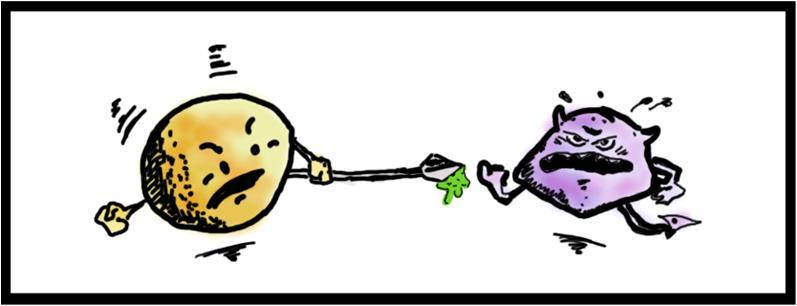Team:Washington/Gram Negative
From 2010.igem.org
A Model of Probiotic Infection
Probiotics are becoming more and more common. The basic idea is to purposely inoculate a body with "useful" bacteria that will prevent the growth of pathogenic bacteria, usually by competitive inhibition. But what if we could make this better?
We propose to create a probiotic system that could work actively against dangerous enteric bacteria. This system would consist of harmless gut flora that, when it comes in contact with pathogens, targets the pathogenic organism and injects it with a toxin which is harmless to the host but deadly to the invader.
Type VI Secretion
Type VI Secretion is a recently discovered secretion system that has now been found in most Gram-negative bacterial genomes. Its hallmarks are two proteins, Hcp and VgrG, which form a "tube and spike" structure which is homologous to phage tail spikes. Through secretion and assembly of these two proteins, effectors produced in the cytoplasm of the donor cell can be transported directly into the cytoplasm or periplasm of the recipient.
The Pseudomonas aeruginosa genome includes a Type VI Secretion System (T6SS) which has been shown to target prokaryotic cells with a toxin (Hood, 2010). This toxin is not targeted to eukaryotic cells, and has been shown to kill Gram-negative organisms in a cell contact-dependent manner. Using this natural system, transported into a harmless enteric organism, we believe will allow for a new kind of defense against pathogenic enteric bacteria.
 "
"

